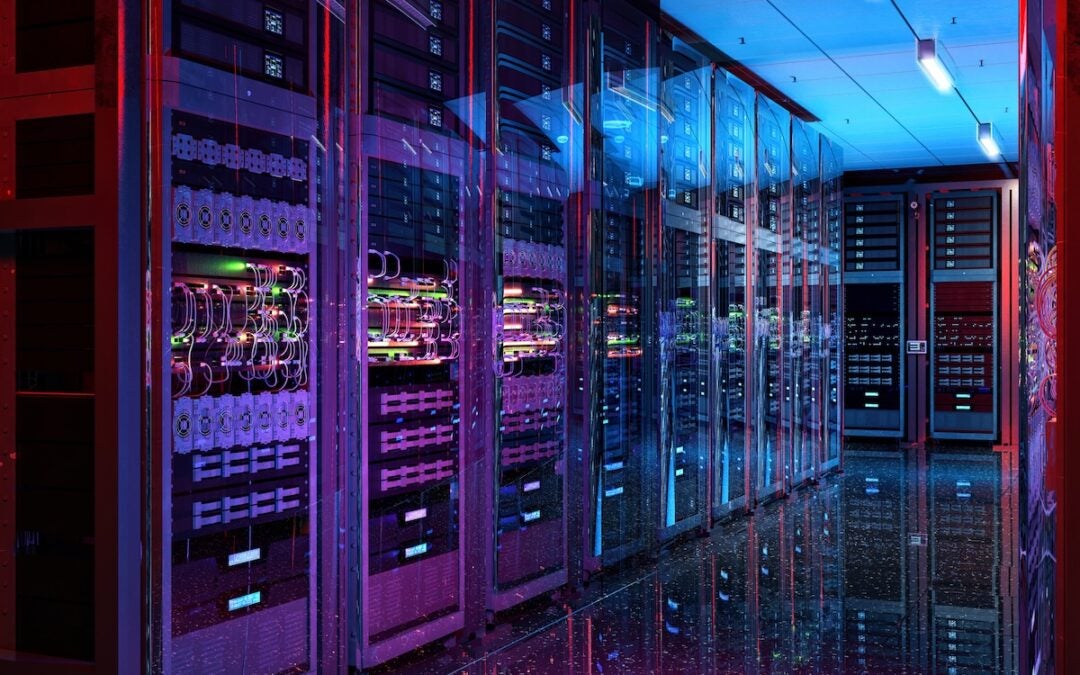Today’s employees are different from any workforce in our nation’s history.
They have greater education than ever before (from school and electronic media)… they have greater experience than ever before… they have greater feelings of “entitlement” than ever before… and they have greater expectations than ever before.
It is precisely because of these “employee snapshots” that managers and management need to carefully and strategically focus on the “care and feeding” of a savvy workforce in, perhaps, ways different than days of old.
Today’s employees are seeking more than just a paycheck. They desire meaningful work that could ultimately provide them a feeling of purpose as well as activities that are in sync with their values. There is more focus on feeling comfortable in a job than ever before. “Comfort” could be defined a number ways. It could be working from a “standing desk” or sitting in an ergonomically relaxed chair or spending a percentage of the week working remote.
We are now halfway through 2024. It is time to gear up to keep moving forward and stay motivated! Today’s workplace is less about physical work stations and more about online connectivity… which has made working from home or out of a local coffee shop well accepted. Collaboration is still the key to employee engagement but more via technology than face-to-face.
Over the years, we’ve seen dramatic changes occur in the workforce and their needs as well as demands. For instance, terms like “equal pay”… “inclusive workplace”… “employee well-being…” “employer flexibility…” are just a handful of important, relevant vocabulary words used by today’s employees.
Before we can focus on ways to motivate and “supercharge” today’s employees, it is appropriate to list their priorities and understand them. Not in rank order, today’s employees value…
- Diversity, Equity and Inclusion
Allowing for new persepectives, diversity creates what is perceived as a “fair environment” for all. Inclusion helps an organization’s employees feel a sense of belonging.
- Employee Well-Being
There is no question that mental, physical and even social “well-being” is important to employees. Our post-COVID environment has made this even more important to all.
- Equity In Pay and Strong Benefits
Workforce studies reinforce the importance of “equal pay” and “fair compensation” as employee motivators. Couple that with sound benefits and workers typically will be engaged and motivated.
- Rewards and Recognition
Although one would think adding money onto an employee’s salary would be the ultimately motivator, it has clearly been proven (Dr. Frederick Herzberg, “Theory of Motivators”) that “reward” and “recognition” rank highest on the list of employee engagement, motivation and personal pride.
- Employer Flexiblity
Today’s employees believe that their personal and professional lifestyle is unique and therefore requires their employer to work with them in a unique, personalized and flexible manner.
- Open and Honest Communication
Especially in a rapidly changing business environment (and world), today’s employees gravitate toward employers that are transparent, open, honest and highly communicative.
Taking these into consideration, here is a list of important strategies for you to consider to motivate your employees.
- Psychological Paychecks
Acknowledgement (from bulletin boards to announcement at team and/or company meetings to newsletter features on employees, etc.) and openly praising employees are vital for engagement, building loyalty, bolstering attitude and foster productivity.
- Motivation Platform
Whether it’s a team or company theme or incentive program, platforms that clearly define rewards and recognition are vital.
- Transparent and Clear Communication
No doubt that clear communication leads to an abundance of positive outcomes in an organization. When everyone is clear about the company vision, mission, objectives and strategies… and when everyone is clear about their specific roles in an organization… and when a company goes out of its way to communicate (perhaps even over-communicate), engagement and motivation follow.
- Individualize Motivation
Individuals… and individual functional areas and different, unique and special in their own way. No “one size fits all” will work in a motivational program. Work to make each individual feel they are looked upon as an individual. Some employees see education and their career path as more important than physical incentives. Treat the organization as a collective of unique individuals.
- Provide Education and Training
Personal and professional improvement through an employer’s training and educational programs is revered, respected and viewed as a valuable employee benefit. By your demonstrating your commitment to help employees rise in their career and improve, you will be appreciated by your workforce.
- Show You Care
Legendary women’s college basketball coach and multi-year national champion Pat Summitt (University of Tennessee) said, “Nobody cares how much you know until they know how much you care…” With work-life balance so important for today’s employees, acknowledge the individual and show that you care. Show interest in their lives, their families, their avocations, etc.
As an additional, yet important, strategy… make sure to provide your employees feedback on a regular basis. In fact, providing an opportunity for your employees to give you feedback as their employer is also beneficial. This is called “360-Degree Feedback and provides a way for managers to get a fuller picture of someone’s strengths and weaknesses. Instead of a two-way conversation where the manager reviews the employee, this helps widen the lens and reduce manager bias…” (Qualtrics)
Henry Ford wrote, “Coming together is a beginning… Keeping together is progress… Working together is a success.”
Ira Blumenthal is a business consultant, a Georgia resident, a best-selling author, a globally renowned public speaker, a university educator and a college Lacrosse coach. Ira welcomes inquiries and can be reached at Ira@Iraspeak.com. His web site is www.IraSpeak.com











